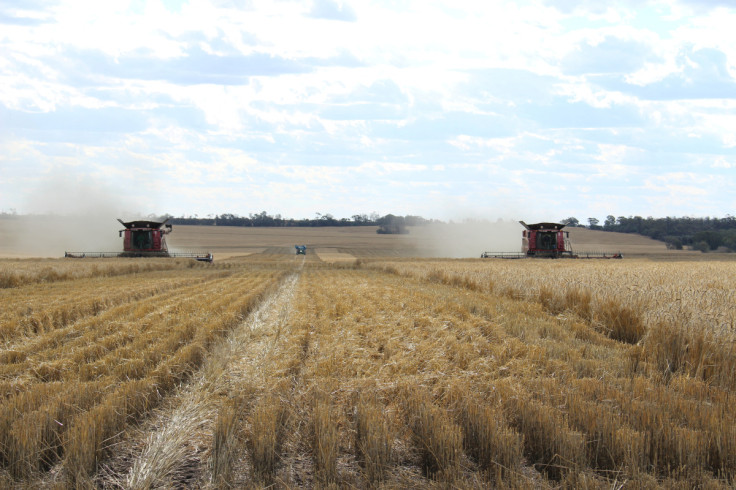Australia Sees Wheat, Barley Output Dropping By A Third Next Year

Australia's production of winter crops is set to fall from record highs, with wheat output seen declining more than 30%, the country's agricultural department said, as forecasters predict dryness due to the El Nino weather pattern.
Australia is the world's second largest wheat exporter, supplying mainly to buyers in Asia, including China, Indonesia and Japan.
Total Australian winter crop production is forecast to fall by 34% to 44.9 million tonnes in 2023-24, around 3% below the 10-year average to 2022-23 of 46.4 million tonnes, according to the June crop report from the Department of Agriculture, Fisheries and Forestry.
Wheat and barley production will drop by 34% and 30% to 26.2 million tonnes and 9.9 million tonnes, respectively. Both figures are below the 10-year average. Canola is forecast to fall 41% to 4.9 million tonnes but remain 15% above the decade average.
"For the last three years millers in Asia have had ample supplies from Australia, but for next year they will have to look at alternative supplies," said one Singapore-based trader at an international trading company which sells Australian wheat to mills in Indonesia.
"It is a bit early, but supplies from Europe, the Black Sea region and to some extent even the United States could replace Australian wheat."
Australian wheat is planted in April-May, and harvesting starts in November.
EL NINO SEEN HITTING YIELDS
Yields are falling due to the high chance of below-average rainfall across cropping regions between June and August, with the potential for the El Nino conditions associated with drier weather, according to the report.
The El Nino weather pattern and the dry weather it causes are threatening food producers across Asia, with Australian wheat and palm oil and rice production across southeast Asia at particular risk.
Area planted to winter crops will fall but remain historically high at 23.3 million hectares, with wheat and canola plantings down by 2% and 11%, respectively. Barley plantings are set to rise 4% to 4.3 million hectares because it can better handle drier conditions.
Lower yields will pressure the total value of agricultural production, which is forecast to fall by 14% to A$79 billion ($52 billion) in 2023-24, still the third highest on record, according to the June agricultural commodities report put out by the same department.
Agricultural exports are also forecast to tumble from record levels, falling 17% to A$65 billion in 2023-24 due to lower production and easing global prices for grains and oilseeds.
Summer crop production, which includes sorghum and cotton, is estimated to fall 8% to 5.1 million tonnes over the same period, but remain well above the decade average.
($1 = 1.5168 Australian dollars)
© Copyright Thomson Reuters {{Year}}. All rights reserved.



















